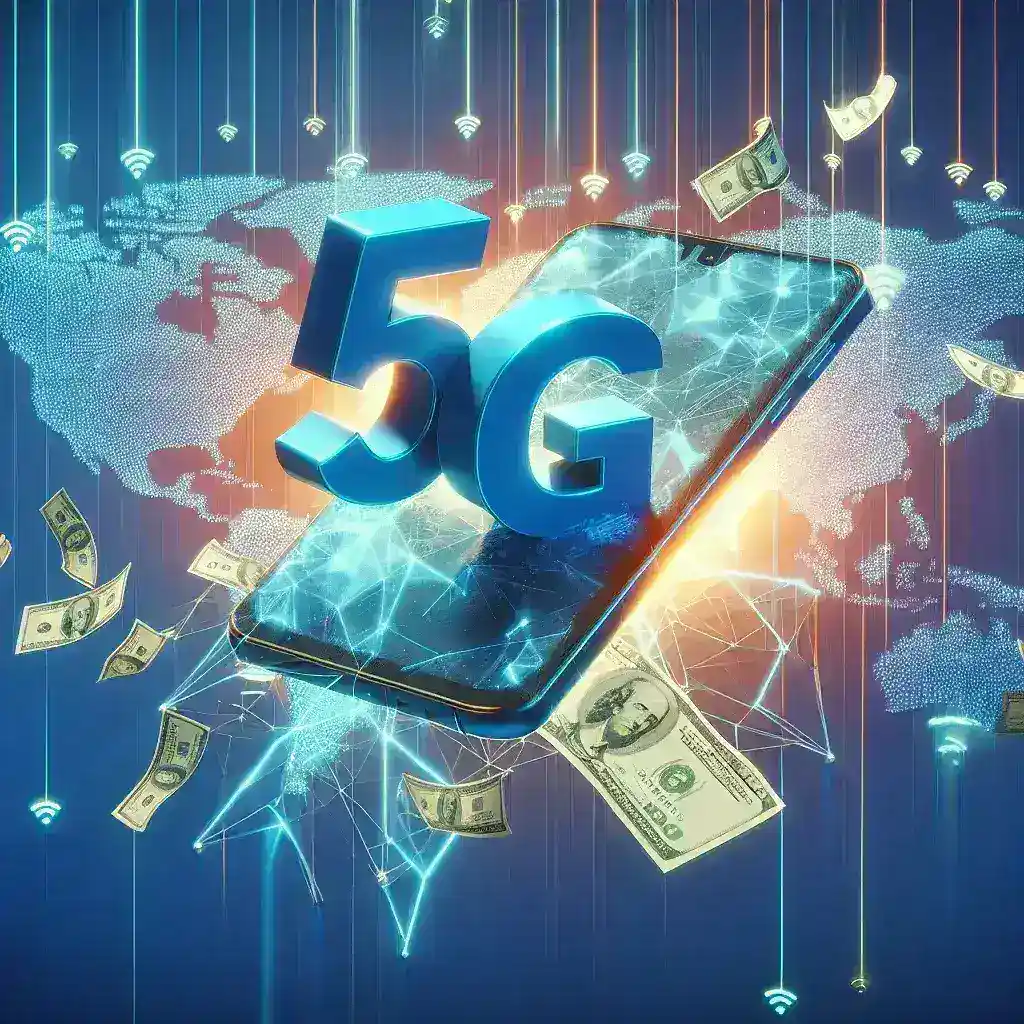Xiaomi’s Budget 5G Challenger: A Game Changer?
The US smartphone market just got a whole lot more interesting. Xiaomi, the Chinese tech giant, has launched a 5G smartphone priced under $200, a move that sends ripples through an industry accustomed to premium pricing for next-generation connectivity. This audacious strategy isn’t just about grabbing market share; it’s about fundamentally reshaping the landscape of affordable 5G access.
For years, 5G technology has been largely associated with flagship devices, carrying hefty price tags. This has left a significant segment of the population, particularly budget-conscious consumers, on the sidelines of the 5G revolution. Xiaomi’s sub-$200 offering directly challenges this status quo, making 5G accessible to a much wider audience.
Analyzing the Impact: A Multifaceted Perspective
The implications of Xiaomi’s move are far-reaching and multifaceted. Let’s delve into some key areas:
1. The Consumer Angle: Access to Affordable 5G
The most immediate impact is felt by consumers. Suddenly, 5G is no longer a luxury reserved for the affluent. This opens up a world of possibilities for users who previously couldn’t afford the technology, enabling faster download speeds, smoother streaming, and enhanced mobile gaming experiences. The potential for increased productivity and improved quality of life for this demographic is substantial.
2. Competitive Dynamics: A Shake-Up in the Market
Established players in the US smartphone market will undoubtedly feel the pressure. Companies that have relied on premium pricing for their 5G models might be forced to reconsider their strategies. We can expect to see increased competition in the budget 5G segment, potentially leading to further price reductions and improved features across the board. This intensified competition benefits consumers, driving innovation and delivering better value.
3. The Technological Implications: Democratizing 5G
Xiaomi’s move represents a significant step towards democratizing 5G technology. By making it accessible at a significantly lower price point, they are accelerating the adoption rate of 5G, paving the way for a more connected future. This rapid expansion of 5G infrastructure will spur further innovation in applications and services that leverage the technology’s capabilities.
4. Long-Term Predictions: A New Era of Affordable Connectivity
Looking ahead, Xiaomi’s strategy could set a new precedent for the industry. We might see other manufacturers following suit, further driving down the cost of 5G smartphones. This could lead to a period of rapid 5G adoption, not just in the US, but globally. The increased accessibility of 5G will transform various sectors, from healthcare and education to entertainment and transportation.
Deep Dive: Features and Specifications
While specific details may vary depending on the exact model, Xiaomi’s sub-$200 5G offering likely incorporates a range of cost-effective components that still deliver a functional 5G experience. This might involve using a more energy-efficient processor, optimizing software for performance, and potentially making compromises on certain features like camera quality or display resolution.
However, this doesn’t necessarily translate to a subpar user experience. The focus is on providing a solid, reliable 5G connection at an unprecedented price point. For many users, access to 5G will outweigh minor compromises in other areas.
Addressing Potential Concerns
Some might raise concerns about the long-term durability and software support of such budget 5G devices. While these are valid points, Xiaomi has a track record of providing software updates for its devices, and the longevity of the phone will depend on individual usage patterns and the quality of components employed.
Moreover, the overall impact of this move is overwhelmingly positive. The accessibility of 5G technology outweighs the potential drawbacks for the vast majority of consumers who would otherwise be excluded from the 5G revolution.
A Comparative Analysis: Xiaomi vs. the Competition
Comparing Xiaomi’s offering to other budget smartphones available in the US market reveals a significant price advantage. While other brands might offer 4G devices at similar price points, Xiaomi’s entry marks a pivotal moment in providing 5G at an exceptionally affordable price. This aggressive pricing strategy positions Xiaomi as a disruptive force, forcing competitors to adapt and respond.
This competitive landscape fosters innovation and encourages manufacturers to offer increasingly better value propositions to consumers, ultimately enriching the mobile phone market.
Cultural Impact and Global Implications
Xiaomi’s success in bringing affordable 5G to the US market has significant cultural implications. It showcases the power of disruptive innovation in bridging the digital divide and promoting inclusivity in technological advancements. By making 5G accessible to a broader demographic, Xiaomi contributes to a more equitable distribution of technological benefits across different socioeconomic levels.
The global ramifications of this move are equally profound. It serves as a model for other emerging market companies looking to expand into developed economies with cost-effective, high-quality products. It underscores the increasing competitiveness of the global smartphone market and the ever-evolving nature of technological innovation.
The Future of Affordable 5G: An Optimistic Outlook
Xiaomi’s sub-$200 5G smartphone represents a turning point in the history of mobile technology. It signifies the beginning of a new era where 5G connectivity is no longer a privilege, but a right for a larger section of the population. The future of affordable 5G is bright, and Xiaomi’s bold move is leading the charge.
We can expect increased competition, leading to even more affordable 5G devices in the years to come. This will accelerate the adoption of 5G, driving innovation in applications and services and ushering in a new era of hyper-connectivity. Xiaomi’s proactive strategy is a testament to the company’s commitment to making technology accessible to all.
The long-term impact of this initiative remains to be seen, but one thing is clear: Xiaomi has significantly altered the landscape of the US smartphone market and set a new benchmark for the accessibility of 5G technology. This bold move not only benefits consumers but also signals a crucial shift in the global tech landscape, paving the way for a more connected and inclusive future.
For more information on the latest developments in the mobile technology industry, you can check out resources like GSMArena and Android Authority.

